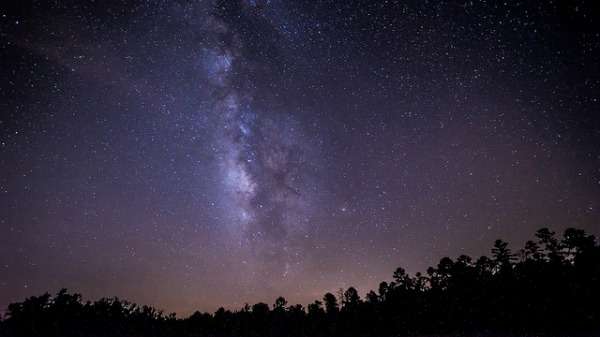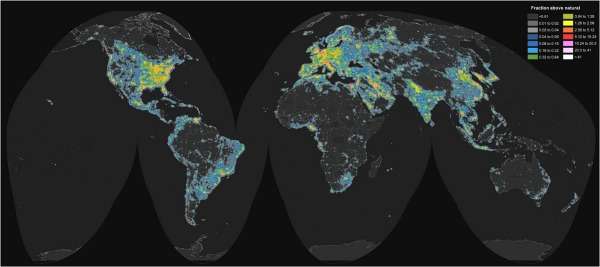Initiative to create 'dark sky parks' by keeping areas free from artificial light

Karijini National Park is set to become WA's first Dark Sky Park if Perth-based Dr Kellie Pendoley from Pendoley Environmental—and a leading member of the International Dark Sky Association (IDA)—gets her way.
The IDA works to protect the night skies for present and future generations, by promoting environmentally responsible outdoor lighting and by educating the public and policymakers about night sky conservation.
One of the IDA's initiatives is to create Dark Sky Parks, Communities and Reserves around the globe works by keeping areas free from artificial light and which also demonstrates the responsible use of light.
The pure darkness of a place like Karijini is good for your soul, but it seems it is also good for your health.
"Exposure to too much artificial light is being associated with a number of health problems including cancer, heart disease, diabetes, obesity, depression and sleeplessness," Dr Pendoley says.
LED lights like those that power the screen of your mobile phone or tablet, produce light at the blue end of the spectrum which fools the body into thinking it's still daylight, so it suppresses the production of melatonin, the hormone that puts you to sleep.
Instead the body keeps producing cortisol, the hormone that keeps you going during the day, and this increases blood pressure which leads to a number of health problems.

Recently smart phones and other devices have been given the option to tone down the blue light, giving a warmer, redder light, but blue lights are also becoming widespread in our city streets as authorities change over to them to save money.
Fabio Falchi from the Light Pollution Science and Technology Institute in Thiene, Italy, recently released the results of a study using data from Suomi NPP, a high-resolution satellite which scanned the Earth for light emanating from cities.
Mr Falchi says that 83 per cent of the world's population experience some form of light pollution, and in Europe and North America the number affected can be as high as 99 per cent, with cities like Singapore and Hong Kong having no escape for anybody.
"Globally, artificial lighting is increasing by six per cent annually and it now accounts for 20 per cent of global electricity consumption," Dr Pendoley says.
"In the USA 30 per cent of outdoor lighting is wasted—that is it shines uselessly into the sky—and this light costs US$3.3 billion and releases 21 million tons of CO2 each year."
Provided by Science Network WA
This article first appeared on ScienceNetwork Western Australia a science news website based at Scitech.





















